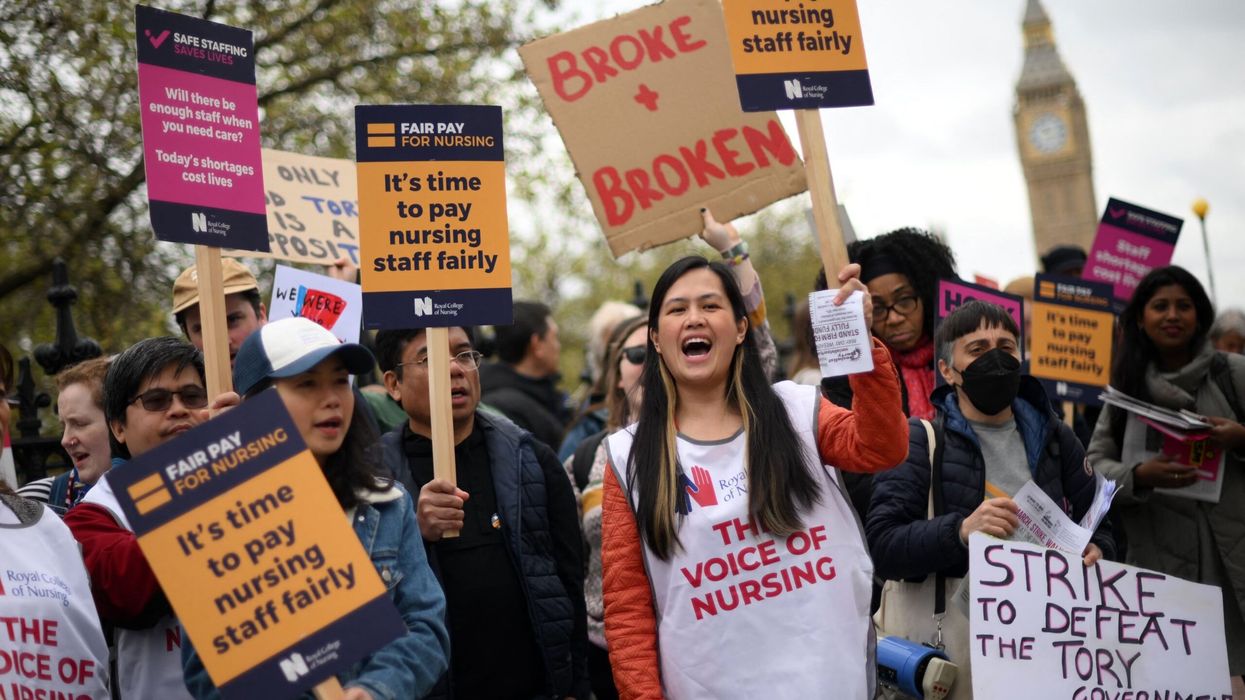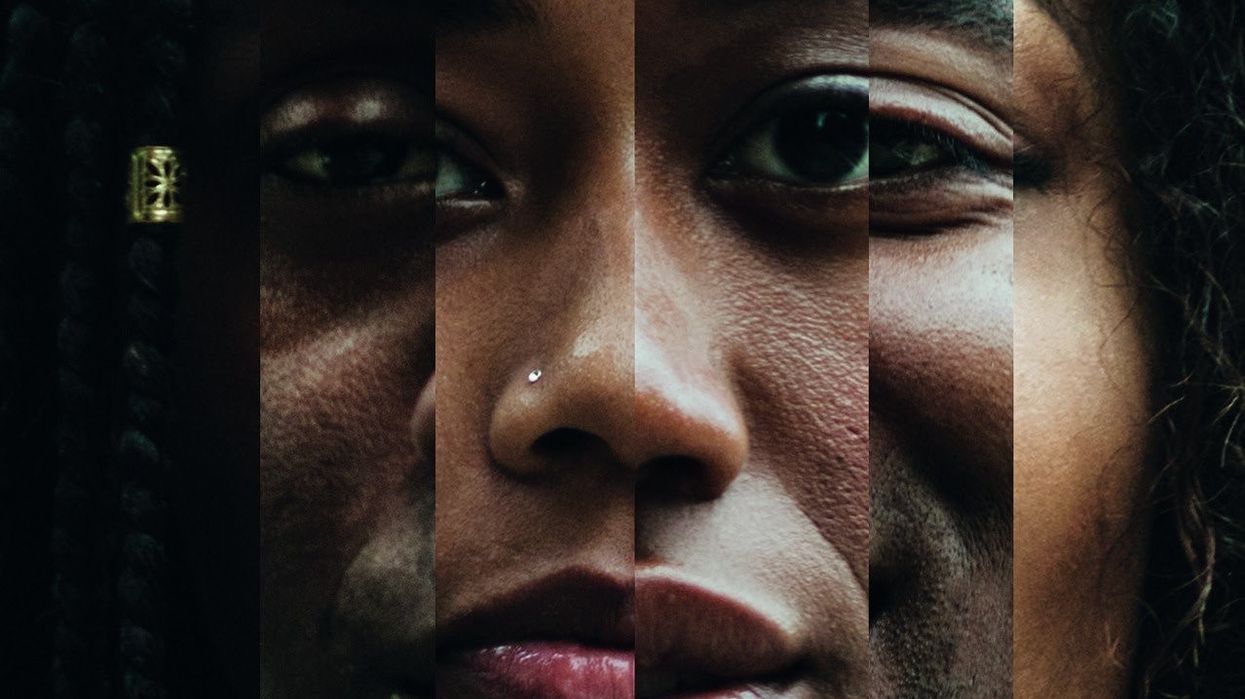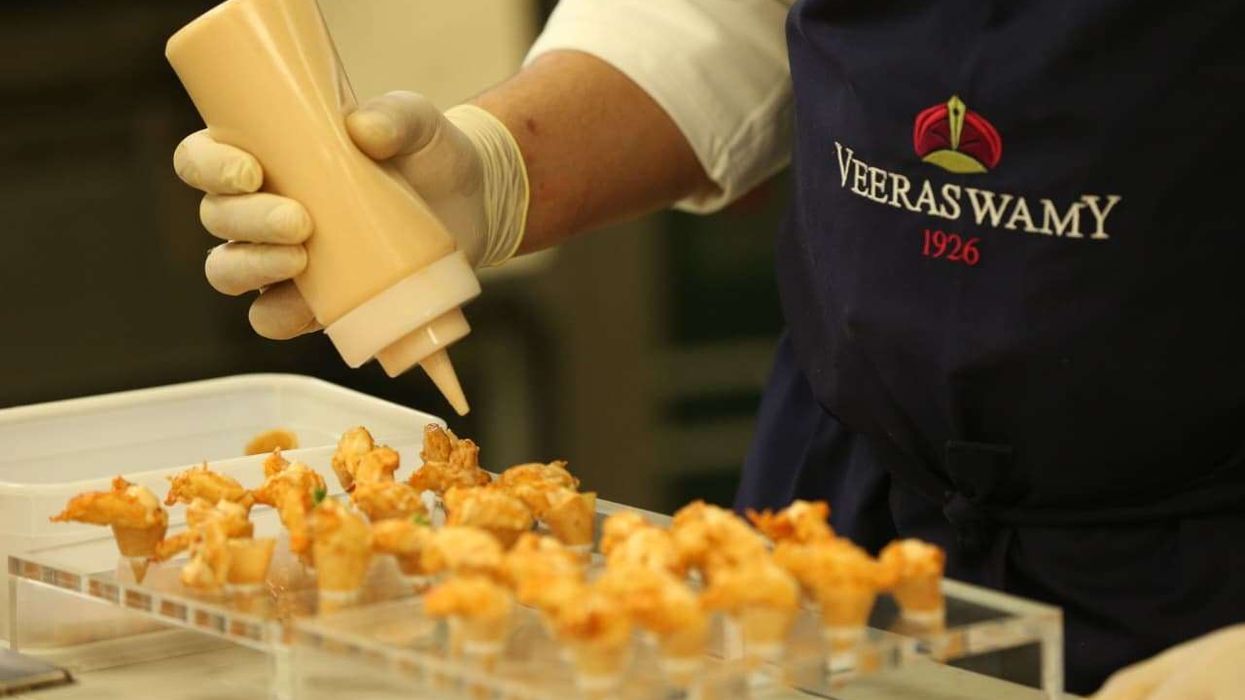In the 50 years since a project was initiated to rescue tigers from the brink of extinction, India's tigers have made a resounding comeback.
According to the World Wildlife Fund for Nature, the latest census has recorded 3,167 tigers, which is over double the 1,411 that were recorded when the census was first conducted in 2006.
The tiger census data, which was released by Narendra Modi to commemorate 50 years of 'Project Tiger,' indicates a consistent rise in the tiger population from 1,411 in 2006 to 1,706 in 2010, 2,226 in 2014, 2,967 in 2018, and 3,167 in 2022, a press release stated.
Modi proudly declared that 75 per cent of the world's tiger population is now in India, coinciding with India's 75 years of independence celebrations.
India had 1,827 tigers and nine reserves when Project Tiger was initiated in 1973. Presently, India has 53 reserves, and approximately 70 per cent of the global tiger population, a report in The Times informs.
Ravi Singh, the chief executive of WWF India, hailed the project as "one of the most successful species-specific conservation programmes in the world."
The previous tiger census in 2018 indicated a more significant increase of 33 per cent in the tiger population.
In contrast, the latest census added 200 tigers, or 6.7 per cent, which may appear modest, but wildlife experts consider it significant.
India's tiger population is concentrated in six states, and the country has exhausted its capacity for additional wildlife reserves.
The accuracy of recording the tiger population has significantly improved with the use of cameras. The conventional method of forest officials trekking through the forests and estimating their numbers based on paw prints, or pug marks, is no longer necessary.
Instead, with the identification of their habitats, technology takes over.
Approximately 32,500 cameras have been installed on trees or posts, taking millions of photographs of any four-legged creature that appears in the frame.
These cameras are set up in pairs and can capture both sides of each tiger and all its stripes, which are unique, like a human fingerprint.
Recording and categorising images of tigers has been made more accurate with the use of cameras, eliminating the need for officials to manually search for paw prints.
Over 32,500 cameras have been installed and use artificial intelligence software to categorise millions of photographs of tigers and other animals.
However, the software is not perfect and some images still require human verification.
Also, despite the tiger population in India increasing to more than double between 2006 to 2022, the recently released Status Tiger-2022 report highlighted several challenges that still need to be addressed in the conservation of tigers.
The report highlighted challenges in balancing economic development with conservation, addressing climate change impact on habitats, and mitigating human-tiger conflict.
Additionally, it noted that only one-third of forests in tiger habitats are in healthy condition and illegal wildlife trade poses a major threat to tigers and wildlife in general.
Anish Andheria, president of the Wildlife Conservation Trust, said that while the increase in tiger population was a significant achievement, more work needs to be done in addressing poverty and providing livelihoods to discourage poaching.
“Even though poaching is illegal, the demand for tiger products remains high, and poachers continue to kill tigers for profit,” the Status Tiger-2022 report pointed out.
The vision document "Amrit Kaal Ka Tiger Vision" and the International Big Cat Alliance (IBCA), which were launched by Modi on Sunday (09), were backed by a scriptural quote.
In his message in the "Status of Tigers-2022," Modi quoted a Sanskrit couplet from the "Udyoga Parva" of Mahabharata.
The couplet highlights the importance of tigers in protecting forests and vice versa, stating that "If there is no forest, then the tiger gets killed; if there is no tiger, then the forest gets destroyed. Hence, the tiger protects the forest and the forest guards the tiger!"













